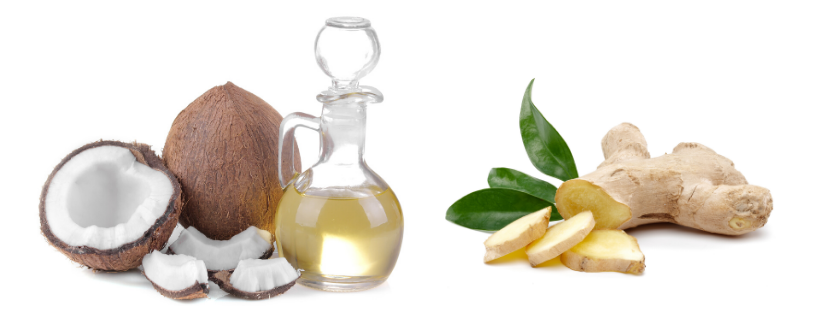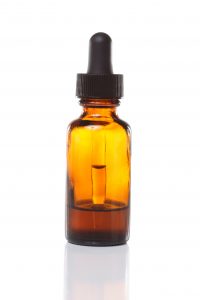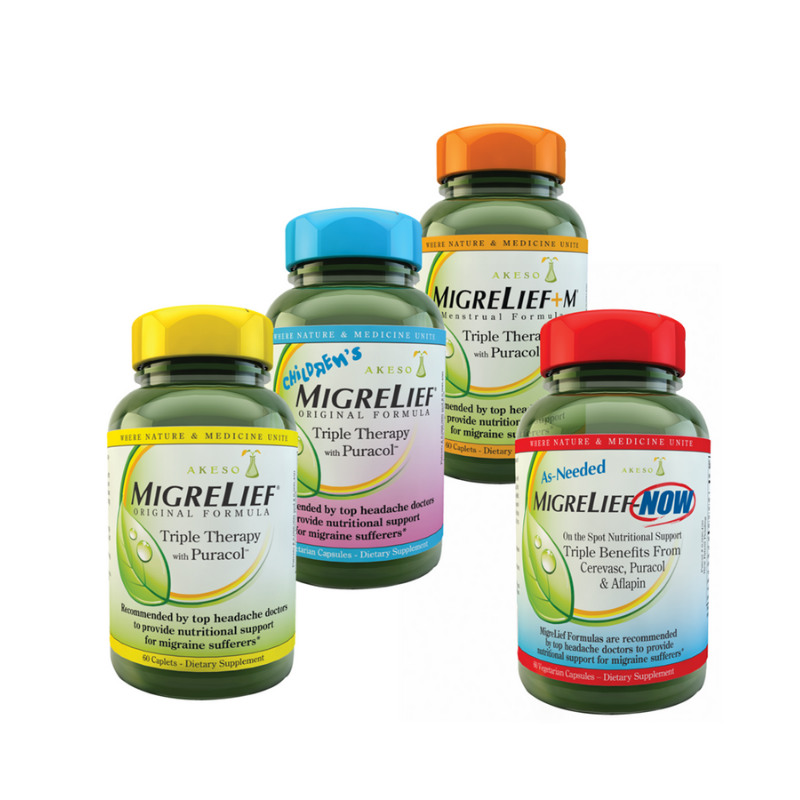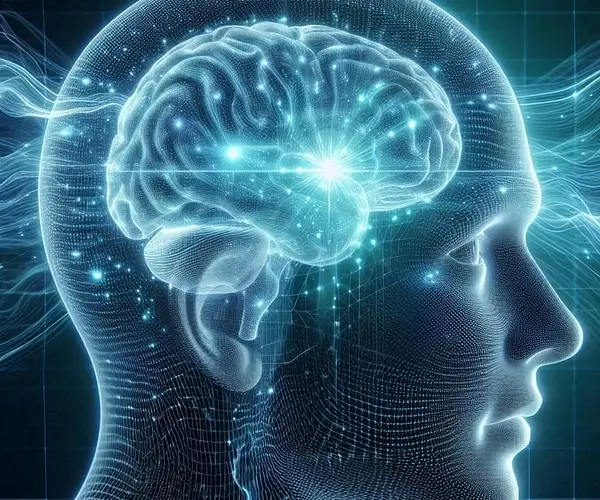Whether you have long or short hair, you probably lose a few strands every day while sleeping, showering, and combing your hair. That’s completely normal. In fact, according to the American Academy of Dermatologists, most people lose between 50 and 100 hairs a day. But when you are shedding more than a few strands, or you start seeing bald spots around your head, it can be a side effect of a medication you may be taking.
Drug-induced alopecia is a type of hair loss triggered by medications. In most cases, drug-induced hair loss is temporary and reversible, meaning that your hair can grow back once you change the dose or stop taking the medication.
Why do medications trigger hair loss?
There are three distinct phases in the hair growth cycle: anagen, catagen, and telogen.
Anagen Phase
During the anagen phase, hair-forming cells grow and divide rapidly, pushing older cells upward from the root towards the surface. The anagen phase lasts between one and three years, and about 85% of all hair follicles are at this stage at any given moment.
Catagen Phase
Also known as the transitional phase, this is a short period in which your hair follicles receive signals that indicate that the hair should stop growing. This phase lasts a couple of weeks, and about one percent of all follicles are at the catagen phase at any given moment.
Telogen Phase
Telogen effluvium is the most common form of drug-induced hair loss. It usually appears within 2 to 4 months after taking the drug. This condition causes the hair follicles to go into their resting phase (telogen) and fall out too early. People with telogen effluvium usually shed between 30% to 70% more than the normal 100 and 150 hairs a day. At this final stage, the mature hair is no longer growing, so it eventually detaches itself from the hair follicle. The telogen phase is often referred to as the resting phase, and it lasts about three months. After the hair has stopped growing, it will eventually once the hair falls out, a new anagen stage begins again. About 10% of your hair follicles are at the telogen phase at any given moment.
Medications can trigger hair loss by disrupting the anagen phase by preventing new hairs from being formed, or the telogen phase by making the hair follicles enter the resting phase and falling off too early.
What types of medications can cause drug-induced alopecia?
- Antibiotics
- Anticonvulsants (example: Topamax)- Topamax / Patient/Info-Forums)
- Antidepressants and mood stabilizers (including Prozac and Zoloft)
- Birth control pills
- Blood pressure medications
- Chemotherapy drugs
- Cholesterol-lowering drugs
- Hormone replacement therapy
- Immunosuppressants
- Prescription anti-inflammatories
- Retinoids (acne medications with vitamin A)
- Some OTC and prescription antacids
How is drug-induced alopecia treated?
If you think you are experiencing drug-induced hair loss, talk to your doctor, or pharmacist about adjusting your doses or switching to a different medication. The best way for treating medication-induced hair loss is, where possible, stop taking the medication that’s causing it. Once you discontinue using the drug, it can take up to six months to stop shedding hairs and three to twelve months to see new growth.
Sometimes, changing or stopping medications may not be an option. In those cases, some prescription medications or topical treatments might help. Other options include hair transplant surgery, laser, and light therapy.
TOPICAL TREATMENTS
Some people have had success with the following products when applied to hair and scalp.
Nioxin shampoo and products for thinning hair – Often recommended for cancer patients who lose their hair due to chemotherapy, Nioxin can be found in many retail stores, beauty supply stores and online.
PURA D’OR Original Gold Label Anti-Thinning Shampoo (Infused with Argan Oil, Biotin & Natural Ingredients, Sulfate Free, All Hair Types)
Biotin Shampoo for Hair Growth B-Complex Formula for Hair Loss (Removes DHT for Thicker Fuller Hair Anti Dandruff Formula with Zinc Tea Tree Oil Extract Jojoba Oil Argan Oil For Women and Men)
HOME REMEDIES FOR HAIR LOSS
Oil Mixtures – The scalp contains glands which produce sebum, the skin’s natural oil. The oil that the scalp produces is light and only keeps the skin lubricated and the hair waterproof. Hair washings, wind exposure, and dead skin strips away natural causing frizziness, dry, itchy, flaky scalp and hair loss. All of these can also lead to lack of hair growth. Oil mixtures can be an all-natural solution for hair loss. Here are some hair growth options:
Ginger Root & Coconut Oil for Stimulating Hair Regrowth – Purchase fresh ginger root from the produce department of your grocery store and a jar of coconut oil. It will be solid but easily melts at warm temperatures or when heated.

Preparation: Peel and slice ginger into small pieces to fit in a blender or food processor. Blend to a pulp (do not add water) and then place the ball of pulp on a thick towel, wrap and squeeze the juice into a bowl. Melt the coconut oil by placing it in a small bowl and then placing the bottom of the small bowl into a larger bowl filled with hot water. Never microwave the oil or it will destroy the beneficial properties. Add the squeezed ginger juice to the coconut oil and mix with a spoon. You may put this concoction in a plastic or glass jar, bowl or bottle for storage. Glass is best as you can place it in warm/hot water to melt each time you want to use it. If you store it in a bottle with a dropper it is easy to apply with the dropper to you scalp.

You can also use a small paint brush or drizzle it on with your fingers. Massage into your scalp. You can tie up your hair or pin it back while the mixture stays on your scalp for at least 2 hours before washing it off with cold water. Shampoo and condition as normal. You may also use it before bedtime, put a plastic shower cap on your head or lay your head on a towel when you sleep due to the slight oiliness. You can wash out in the morning with your regular shampoo. The great properties of ginger and coconut oil will nourish your hair, prevent breakage and stimulate hair growth. Use it regularly at least 3 times a week if you have hair loss problems and don’t just want to stimulate your hair follicles, prevent dandruff and keep your hair nourished. Here is a great online video with step by step instructions. Ginger Root Coconut Oil Treatment Video.
ESSENTIAL OIL TREATMENTS – Essential oils are highly concentrated botanical extracts. Often, it takes several pounds of a single plant to make one essential oil bottle, which means that these liquids are incredibly potent and should always be mixed with a carrier oil such as jojoba oil, grapeseed oil or even olive oil.
Rosemary Essential Oil (herb) – Using rosemary oil for hair loss is one of the most effective, natural solutions. Although it’s not clear how rosemary works for hair loss, applying it to the scalp stimulates the skin and increases blood circulation. In addition to stimulating circulation, rosemary essential oil destroys any bacteria that could clog hair follicles.
Note: Never use essential oils full strength, directly on the skin. Dilute with a carrier oil (jojoba, grapeseed, olive oil etc. – (3 tsp of carrier oil to 10 drops rosemary essential oil).
Rosemary for Daily Use – You may also use rosemary oil for hair loss on a daily basis through scalp massage and with daily shampooing. For a daily massage to stimulate new growth, add two drops of rosemary oil to one ounce of jojoba oil. Rub into the scalp for three minutes in the morning before showering. Another tip for nourishing your hair on a daily basis is to add rosemary to your shampoo or conditioner. Use one drop of oil for every four ounces of shampoo or conditioner. For hair loss, rosemary essential oil blends well with lavender, sage or peppermint. If blending, use half rosemary essential oil and half of your choice of another oil.
Hot Oil Hair Treatment – Once a week use a hot oil treatment for your hair and scalp. Combine 5 drops of rosemary essential oil with 3 tablespoons of extra virgin olive oil in a small jar with a lid. Warm the oil-rosemary solution by placing the jar in a bowl of hot water (recently boiled) the oil is warm. Comb through damp hair. Wrap a bath towel around your head to keep in the heat and let stand for 20 minutes or more. The rosemary treatment and heat will increase circulation to the scalp and you should see an improvement with hair growth
Lavender & Other Essential Oils for Hair Growth – This is a treatment that has been recommended for people with Alopecia areata (a type of hair loss that occurs when your immune system mistakenly attacks hair follicles, which is where hair growth begins). This essential oil blend includes lavender, thyme, rosemary, cedarwood, plus the carrier oils jojoba and grape-seed (a carrier oil dilutes the essential oils and aids in the delivery of their healing properties without irritation).
To make an essential oil blend, mix the following:
3 drops of lavender oil
3 drops of rosemary oil
2 drops of thyme oil
2 drops of cedarwood oil
4 tsp. of grapeseed oil
1/2 tsp of jojoba oil
Mix the oils well before massaging the oil into your scalp. Apply to a small patch of your scalp before putting it on your entire scalp, to see how your skin reacts. If you do not have a negative reaction, massage the mixture into your scalp five minutes, being sure to cover bald or thinning spots. If the lavender oil becomes overwhelming to your senses, add a little more of one of the carrier oils (grapeseed, jojoba or even olive oil) to further dilute the mixture. Try not to dilute the oil too much, though, because you may lose the benefit. After you’re done, cover your hair with a towel. It’s suggested, that to see the best results, one should do this routinely for at least seven months. Apply before bed, and wash your hair in the morning.
NUTRITIONAL OPTIONS
Many people experience improvement (with hair loss AND migraines) with dietary supplements (vitamins, minerals & herbs)
Biotin – is a member of the B-vitamin family known as Vitamin B7 and helps with cell growth and blood sugar maintenance. It has been proven to help hair grow stronger and longer and it also helps strengthen your nails. It has even been shown to reverse premature graying. It is especially important to the skin cells as they are frequently replaced due to their exposure to the outside environment. Biotin also protects the nervous system, preventing seizures, ataxia and loss of muscle tone.
Biotin is great for stress because it’s an important component of the nerves. Stress can cause hair loss so adding biotin to the diet gives protection both to the hair follicles and to the nerves that support their proper function. Check the supplement bottle for recommended dosage. Many people start with 1,000 mcg. for hair loss with a possibility of increasing up to 5,000 if they are not experiencing success at a lower dose.
Vitamin C – Free radical damage can block growth and cause your hair to age. Vitamin C is a powerful antioxidant that helps protect against the oxidative stress caused by free radicals. In addition, your body needs vitamin C to create a protein known as collagen — an important part of hair structure. Vitamin C also helps your body absorb iron, a mineral necessary for hair growth.
Iron – Iron helps red blood cells carry oxygen to your cells. This makes it an important mineral for many bodily functions, including hair growth. Iron deficiency, which causes anemia, is a major cause of hair loss. It’s especially common in women.
MigreLief – MigreLief is an effective drug free nutritional option for migraine sufferers without the hair-loss.

MigreLief is a dietary supplement containing ingredients known to be beneficial to migraine sufferers. It comes in 3 daily formulas to maintain normal cerebrovascular tone and function and 1 fast-acting “as-needed” formula for on-the-spot neurological comfort.
MigreLief Original – Daily nutritional support for teens and adults with migraines
Children’s MigreLief – Daily nutritional support for kids age 2-12 with migraines
MigreLief+M – Daily nutritional support for women with hormonal/menstrual migraines
Note: MigreLief+M contains the same triple therapy as Original MigreLief + 5 additional ingredients that help balance hormone and blood sugar fluctuations (well known migraine triggers).
MigreLief-NOW (fast-acting) on-the-spot nutritional support.
MigreLief daily formulas work by helping a migraine sufferer to maintain the normal cerebrovascular tone and function he or she enjoys on migraine-free days and by helping to maintain healthy mitochondrial energy reserves (the powerhouse of cells including brain cells). Although many people experience benefits in as little as 3 weeks, MigreLief (Original, Children’s or +M) should be taken for 90 days to achieve maximum effectiveness. During this build-up period, MigreLief-NOW may be kept on hand at all times and taken “as-needed.”
For hair loss in general, maintaining a healthy lifestyle will promote hair growth. Eating a healthy diet and getting plenty of sleep to regenerate cells and promote overall health is very important. Foods rich in iron, vitamin A & D are known for supporting healthy hair; spinach, bok-choy, carrots, sweet-potatoes, nuts, fish, chicken, and blueberries, to name a few, all will contribute to healthier hair.
Staying well hydrated while avoiding stress and other well known migraine triggers is key for migraine control as well.
About AKESO
AKESO formulates world class dietary supplements that provide nutritional support for the most common health issues that concern people most, such as migraines, headaches, joint health, stress & anxiety, memory, sleeplessness, ADHD, and more. Changing lives is the reasons we wake up every day passionate about the special products we provide to our customers. Helping you to get well and stay well is our bottom line.


